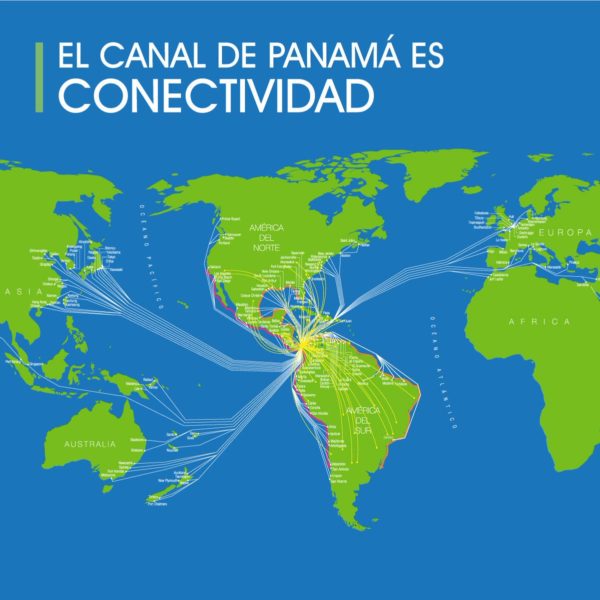Panama has a long and rich history. There have been people living in Panama for over twelve thousand years and the indigenous cultures excelled in pottery making and were well known for their unique burial sites.
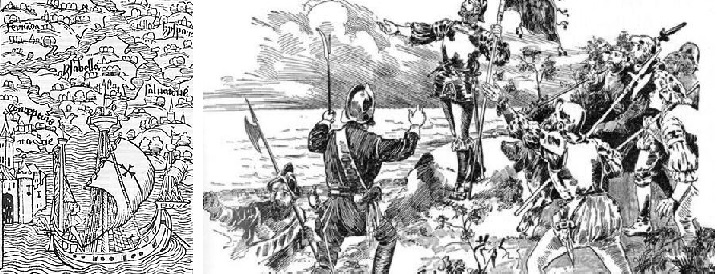
The geopolitical history of Panama has always been strongly influenced by its strategic location. At the start of the sixteenth century, Rodrigo de Bastidas became the first European to claim part of Panama’s Caribbean coast and when Columbus arrived a little later, he explored the territories in the Western part of Panama and drew maps of the area by hand. Later, Vasco Núñez de Balboa would also arrive in Panama and confirm that there was another coast of Panama – he would call the ocean that he saw the South Sea, which later became known as the Pacific Ocean. The discovery of Panama’s Pacific coast meant that the country could be used as a center for the trade of contraband Spanish goods including treasures taken from Peru and other South American countries. Tragically, many of the indigenous tribes of the region were destroyed as trade expanded through the region. Panama was a part of Spain for three hundred years but by the middle of the 18th century, Panama’s status as an economic stronghold had diminished. Merchants and explorers found it much easier to take other routes to the oceans rather than going through the country’s interior and a strong pirate presence in the area that made it a dangerous for travel and trade. In 1821, Panama became part of Columbia.
Perhaps the most important historical event in Panamanian history was the building of the Panama Canal. Construction of the canal started in the late 1800′s but was stopped due to the incredibly harsh conditions. The dangerous jungle environment of central Panama claimed the lives of over twenty thousand workers within five years, primarily from yellow fever and malaria.
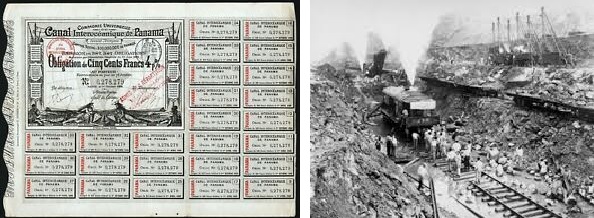
Around this time, one of the investors on the project made an appeal for assistance from the United States and in 1903 Panama declared itself as an independent country and separated from Columbia. The United States agreed to assist with the construction of the canal provided that they were given rights on both sides of the canal.
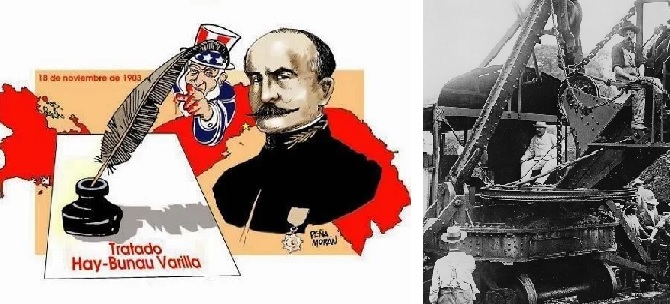
President Theodore
Roosevelt set into motion the “Panama Doctrine” which, in part, eliminated the mosquitoes that carried yellow fever and malaria, making construction of the Canal much safer. The Canal was completed in 1914 and immediately became one of the most important shipping routes in the world. Before the beginning of the Second World War, Columbia revoked all claims on Panama and the U.S gave up legal rights to station troops outside the Canal Zone. During the War, the canal became strategically important for the U.S and was heavily protected.

From 1903 to 1968, Panama was controlled by a powerful commercial oligarchy but at the same time the military was gaining in power and influence. In 1968, the commander of the Panamanian National Guard, Omar Torrijos Herrera, seized control of the government. Although he ruled as a dictator, Torrijos Herrera is revered as a hero in Panama’s history because he negotiated the treaty with the United States that returned the Canal and the Canal Zone back to Panama on January 1, 2000. In 1983, Torrijos died in a plane crash and after his death General Manuel Noriega became head of the Panama Defense Forces. When Noriega’s party lost the 1989 elections, Noriega’s cronies physically attacked the winning candidate on national television and Noriega took control of the country, remaining in power primarily through the income provided by drug trafficking.
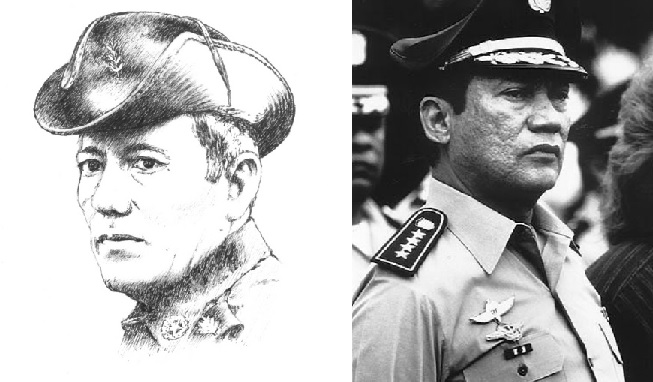
In December 1989, Noriega appointed himself dictator and formally declared war against the United States. The next day, a U.S. soldier was killed by Panamanian soldiers and the most powerful country in the world sent 26,000 troops into the streets of Panama City and Colon. Thousands died in the fighting and the conflict ended with Noriega claiming asylum at the Vatican Embassy. The Vatican staff eventually released Noriega into U.S. custody, partly to stop the assault of loud rock music that U.S. louds peakers directed at the embassy compound both day and night. Eventually, Noriega was arrested, tried and sentenced to 40 years in prison. After Noriega’s arrest, elections were held and Guillermo Endara took office in 1989. His presidency was plagued by corruption and social unrest and they continued to be issues in 1994 when Ernesto Pérez Balladares (El Toro) won the 1994 election.

Running with the campaign slogan, “The Canal Is Ours,” Mireya Moscoso, the widow of a popular former president and head of the conservative Arnulfista Party, won the presidency in 1999 and celebrated with her 3.3 million citizens in the year 2000 with the Canal finally belonging to Panama. Her presidency was marked by emphasis on multilateral free trade, closer ties with the U. S. and strict counter-narcotic measures. In 2004 Martín Torrijos won the elections and since the 3rd of May 2009, Ricardo Martinelli, the owner of the Super 99 supermarket chain (which is the largest in the country), has been the president of the Democratic Republic of Panama.From July 1st it will be replaced by Juan Carlos Varela.
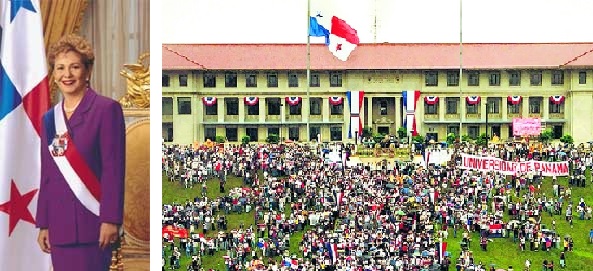
Panama’s privileged location and pro-business policies have made it a very popular choice for multinational firms and many have chosen Panama City as their Americas headquarters. Panama City has all the benefits of a first-world city and Panama was recently given the highest projection for economic growth of any Latin American country by the IMF. Panama will always have its long and rich history and all signs point to an incredibly bright future.
